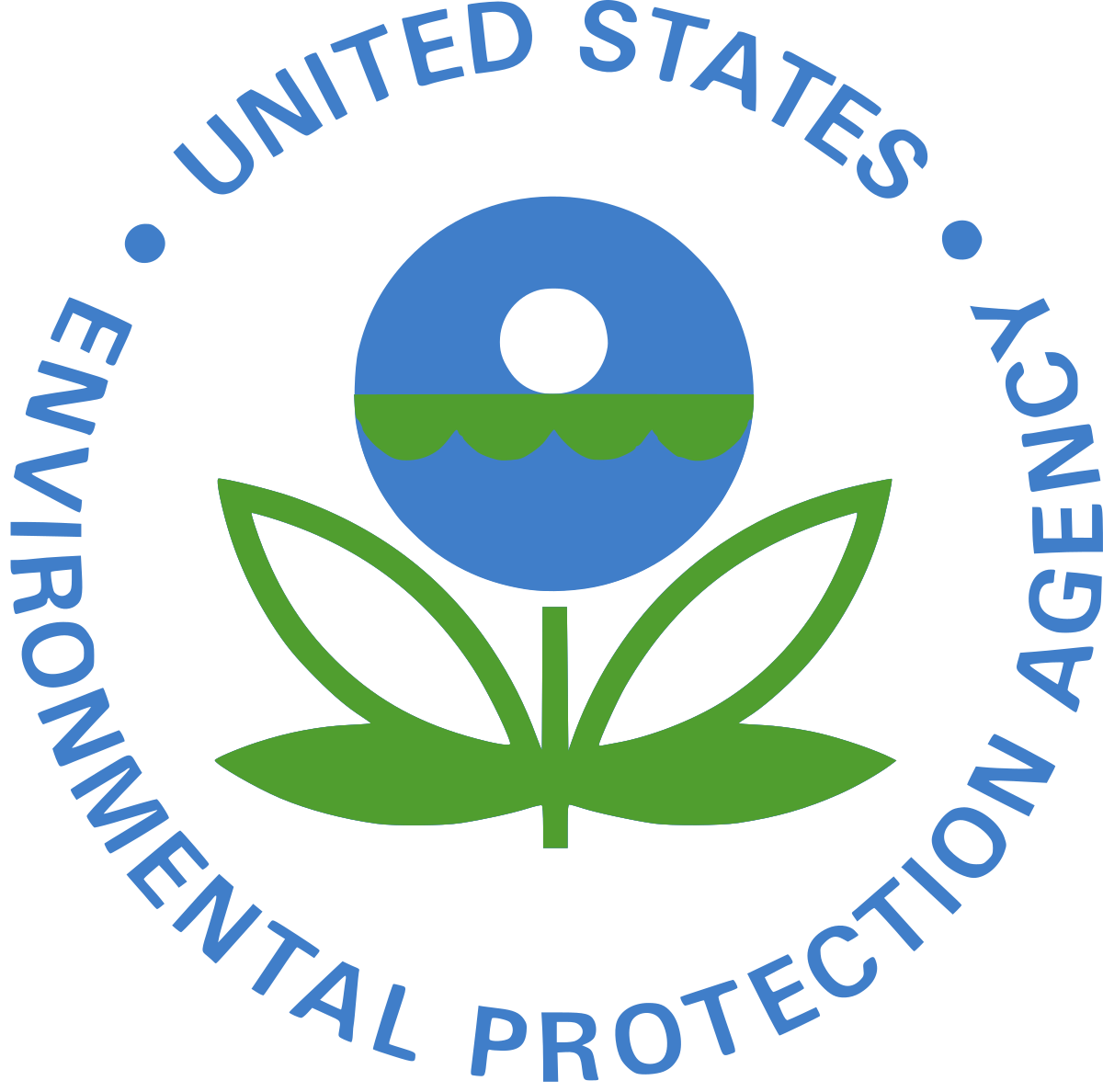In mid-June, the U.S. Environmental Protection Agency (USEPA) released four drinking water health advisories for per- and polyfluoroalkyl substances (PFAS) in the latest action under the PFAS Strategic Roadmap.
The USEPA announced it is releasing PFAS health advisories in light of newly available science and in accordance with USEPA’s responsibility to protect public health. These advisories indicate the level of drinking water contamination below which adverse health effects are not expected to occur. Health advisories provide technical information that Federal, State, and local officials can use to inform the development of monitoring plans, investments in treatment solutions, and future policies to protect the public from PFAS exposure.
USEPA’s lifetime health advisories identify levels to protect all people, including sensitive populations and life stages, from adverse health effects resulting from a lifetime of exposure to PFAS in drinking water. USEPA’s lifetime health advisories also take into account other potential sources of exposure to these PFAS beyond drinking water, such as food, air, consumer products, etc., which provides an additional layer of protection.
USEPA is issuing interim, updated drinking water health advisories for perfluorooctanoic acid (PFOA) and perfluorooctane sulfonic acid (PFOS) that replace those issued in 2016. The updated advisory levels, which are based on new science and consider lifetime exposure, indicate that some negative health effects may occur with concentrations of PFOA or PFOS in water that are near zero and below USEPA’s ability to detect at this time. The lower the level of PFOA and PFOS, the lower the risk to public health. USEPA recommends States, Tribes, territories, and drinking water utilities that detect PFOA and PFOS take steps to reduce exposure. Most uses of PFOA and PFOS were voluntarily phased out by U.S. manufacturers, although there are a limited number of ongoing uses, and these chemicals remain in the environment due to their lack of degradation.
For the first time, USEPA is issuing final health advisories for perfluorobutane sulfonic acid and its potassium salt (PFBS) and for hexafluoropropylene oxide (HFPO) dimer acid and its ammonium salt (“GenX” chemicals). In chemical and product manufacturing, GenX chemicals are considered a replacement for PFOA, and PFBS is considered a replacement for PFOS. The GenX chemicals and PFBS health advisory levels are well above the level of detection, based on risk analyses in recent scientific studies.
The new health advisories provide technical information that Federal, State, and local agencies can use to inform actions to address PFAS in drinking water, including water quality monitoring, optimization of existing technologies that reduce PFAS, and strategies to reduce exposure to these substances. USEPA encourages States, Tribes, territories, drinking water utilities, and community leaders that find PFAS in their drinking water to take steps to inform residents, undertake additional monitoring to assess the level, scope, and source of contamination, and examine steps to reduce exposure. Individuals concerned about levels of PFAS found in their drinking water should consider actions that may reduce exposure, including installing a home or point of use filter.
The USEPA’s forthcoming proposed National Primary Drinking Water Regulation for PFOA and PFOS is expected to be released in the fall of 2022. As USEPA develops the proposed rule, it is also evaluating additional PFAS beyond PFOA and PFOS and considering actions to address groups of PFAS. The interim health advisories will provide guidance to Sates, Tribes, and water systems for the period prior to the regulation going into effect.
To provide the public with more information about these actions, USEPA will host a webinar on Thursday June 23, 2022 at 11:00 a.m. Central time / 10:00 a.m. MDT. Learn more or register for the event.
Click here to access a fact sheet for communities about the USEPA’s drinking water health advisories for PFAS.

